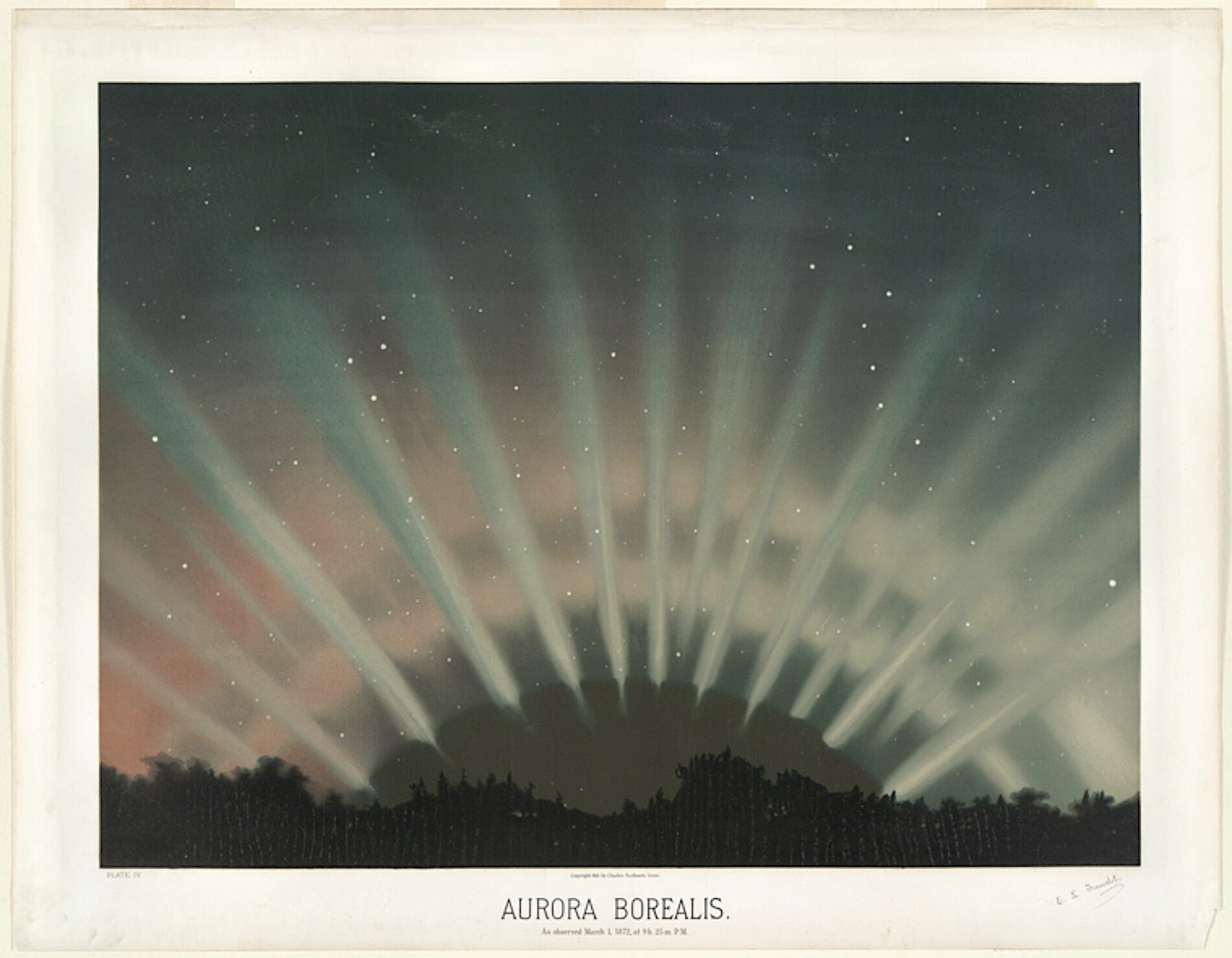For quite a stretch, the late Jean-Paul Belmondo was France’s biggest movie star. He also, in what now looks like the greater achievement, stubbornly remained the most French of all movie stars. In France of the 1960s, an actor of Belmondo’s generation and level of success would have been expected to try making a go of it in Hollywood. And as he himself admitted at the time, “every Frenchman dreams of making a Western.” But “America has plenty of good actors. I’m not being falsely modest, but why would they need me? I prefer a national film to an international film.” When a cinema detaches from its country, “something is lost. Look at what happened to Italy when they went international.”
Though he never did time as Hollywood’s token Frenchman, Belmondo did appear in a few Italian pictures (including the work of such masters as Vittorio De Sica and Mauro Bolognini) early in the 1960s, right after he shot to stardom. His launch vehicle was, of course, Jean-Luc Godard’s Breathless, a harbinger of La Nouvelle Vague and its exhilaratingly deliberate breakage of cinema’s rules.
Belmondo would go on to make two more features with Godard: A Woman Is a Woman and Pierrot le Fou, in both of which he starred alongside Anna Karina (another of the French New Wave icons we’ve lost in this decade). Other auteurs also came calling: François Truffaut, Alain Resnais, Jean-Pierre Melville.
Melville sits alongside Belmondo in the 1962 interview clip above to discuss their collaboration Le Doulos, “a good old gangster film.” But Belmondo’s protagonist, the titular police informer, is hardly a conventional gangster. “He’s an elegant guy,” says the actor. “He’s elegant in everything he does, in his gestures and actions, despite appearances to the contrary.” The same could be said of many of the characters Belmondo played throughout his career, even during his time as a Burt Reynolds-style action hero in the 1970s and 80s (during which, it must be noted, he did all his own stunts). We’re unlikely to see his like of national superstar again — and certain not to see another with such savoir-faire.
Related Content:
How Anna Karina (RIP) Became the Mesmerizing Face of the French New Wave
Based in Seoul, Colin Marshall writes and broadcasts on cities, language, and culture. His projects include the Substack newsletter Books on Cities, the book The Stateless City: a Walk through 21st-Century Los Angeles and the video series The City in Cinema. Follow him on Twitter at @colinmarshall or on Facebook.








